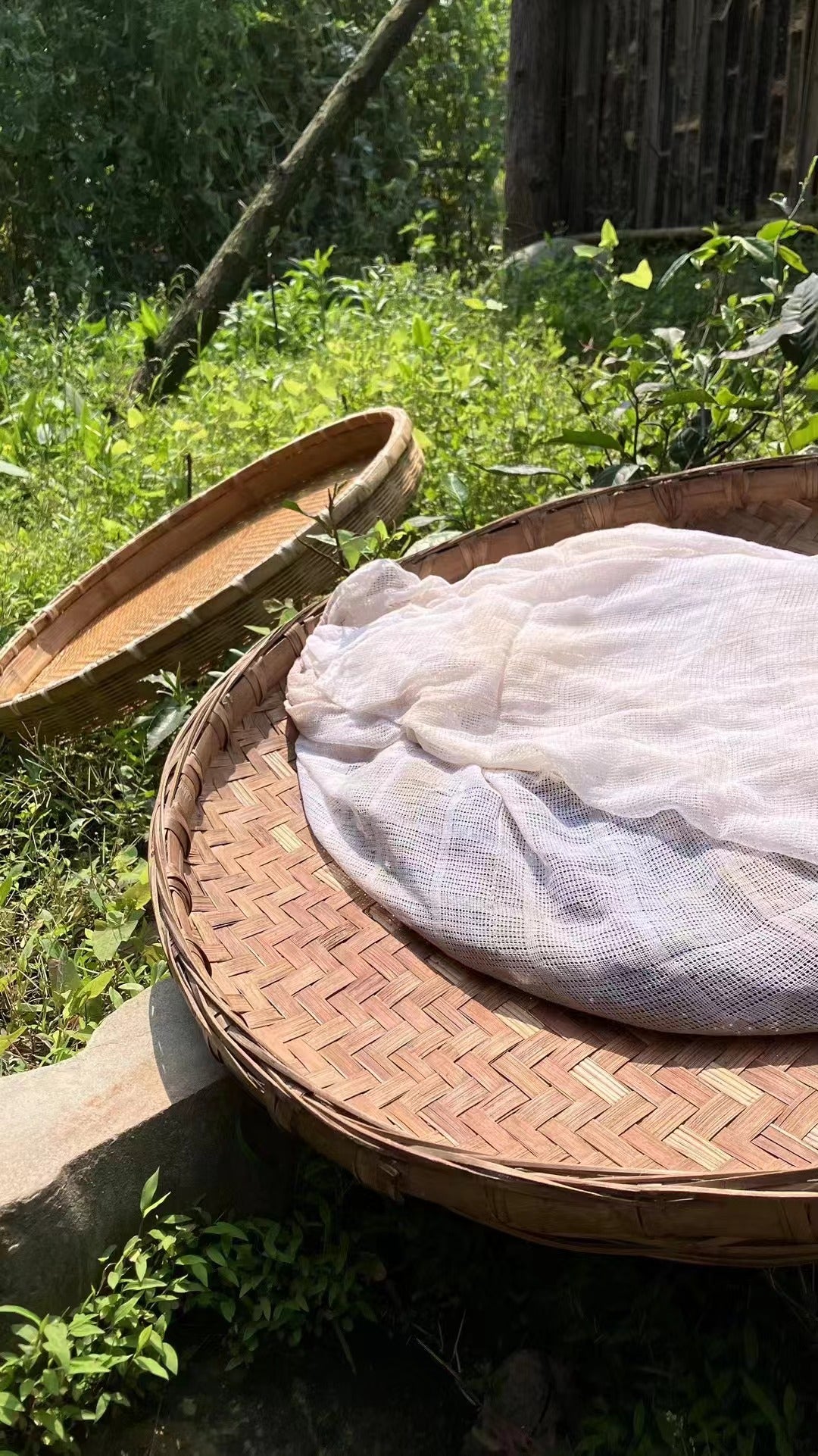
What is a black tea?
Share
Is black tea really black or is actually red?
Interestingly enough in English as a second language sessions (or language lessosn vice versa), one inevitable topic is that Chinese "hongcha" (hong for red) is actually heicha in English, aka, black tea.
Black tea is the most popular type of tea in the West, most likely due to its bold flavor and long shelf life. The category of black tea is diverse, including several popular varieties such as English breakfast and Earl Grey.
Both tea teachers in school and tea makers (制茶师)say that even though there may be a standard for black tea in text book, each tea makers have different variations in making the tea during the lengthy and complicated steps of "picking, withering, rolling, oxidation, and drying."


(During one of our tea trips, we get to look closely at the Keemun black tea making process)

Discovered in China in the mid-17th century, black tea was the first type of tea to be introduced to Europe and the Middle East. Its commercial success in the West led to large-scale production in China. Fueled by Scottish and English entrepreneurs and adventurers who stole tea plants and seeds from China, black tea production spread to other countries. These early English tea companies used enslaved workers in other countries and developed machinery for processing tea without the need for skilled tea makers. Over time, black tea production spread to India, Sri Lanka, and Kenya, and later to Indonesia, Vietnam, Thailand, Rwanda, Brazil, and elsewhere.
In China, black tea is known as hong cha (or red tea) due to the reddish color of its liquor (or infusion). In the East, however, black tea consumption is less common than green tea.

(black or red?)
How to Drink Black Tea
Of all the types of tea, black tea is usually the easiest to steep. Use about 1 teaspoon of tea leaves per cup of hot water. The water can be at a rolling boil or nearly boiling. The finer the tea is, the shorter time it needs to steep. After a quick rinse of the tea, you can enjoy the first steep. Add 5 more seconds to each steep. Strain out the tea leaves and drink the liquid as is or add milk, sugar, or lemon as desired. For high quality tea appreciation, however, we do not add milk, sugar or other fruits.
You can also use cold water and cold steep ("cold infuse" or "cold brew") your black tea for 4 to 18 hours in the fridge and then strain out the leaves. To make iced black tea, double the amount of tea leaves, steep the tea as usual and then pour the hot tea over ice.
Caffeine Content in Black Tea
Generally speaking, black tea contains between 50 to 90 milligrams of caffeine per cup. However, there are many factors influencing caffeine levels in tea that may make a particular cup of black tea higher or lower, including the tea varietal, the way it is brewed, and whether the leaves are whole or broken.
Storing Black Tea
Tea should be kept in a cool, dark place such as a cabinet, drawer, or the pantry. Do not store tea bags or leaves in glass jars as exposure to light will damage the tea over time and alter the flavor. It is best to keep the tea in the manufacturer's box or in a tin container.
Personally, one my favorite black teas is from Mt. Emei, Sichuan (where Panda and Mapo Tofu is from). The black tea from Sichuan area usually has a distinct orange/citrus flavor--It is not added or artificial flavor, but rather, a natural flavor occurred during oxidation. I also enjoy Zhengshanxiaozhong (some argue this is the first black tea that was introduced to the West) from Fujian, and Keemun black tea from Anhui.
There is also a culture to drink aged black tea. Some people argue that black tea taste best within three years of production, while some like to appreciate the more subtle taste of the time (the magic of post-oxidation). It is said that each year, the tea will give you a different taste. Want to find out who is right? You can start experimenting to buy loose leaf black tea in bulk (definitely not those in tea bags) and save them for a year, and buy from the same seller again next year to compare the taste.
